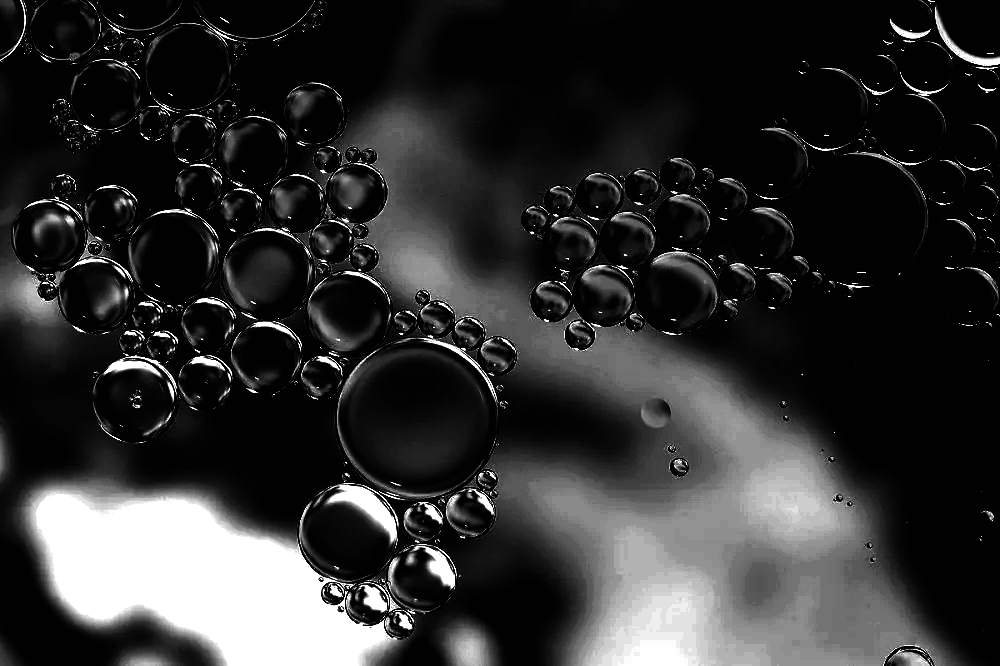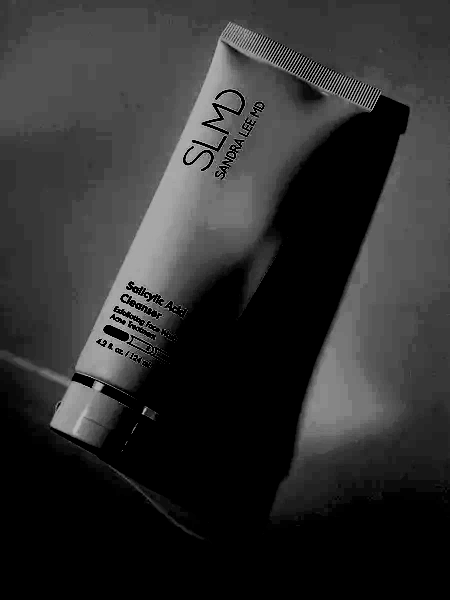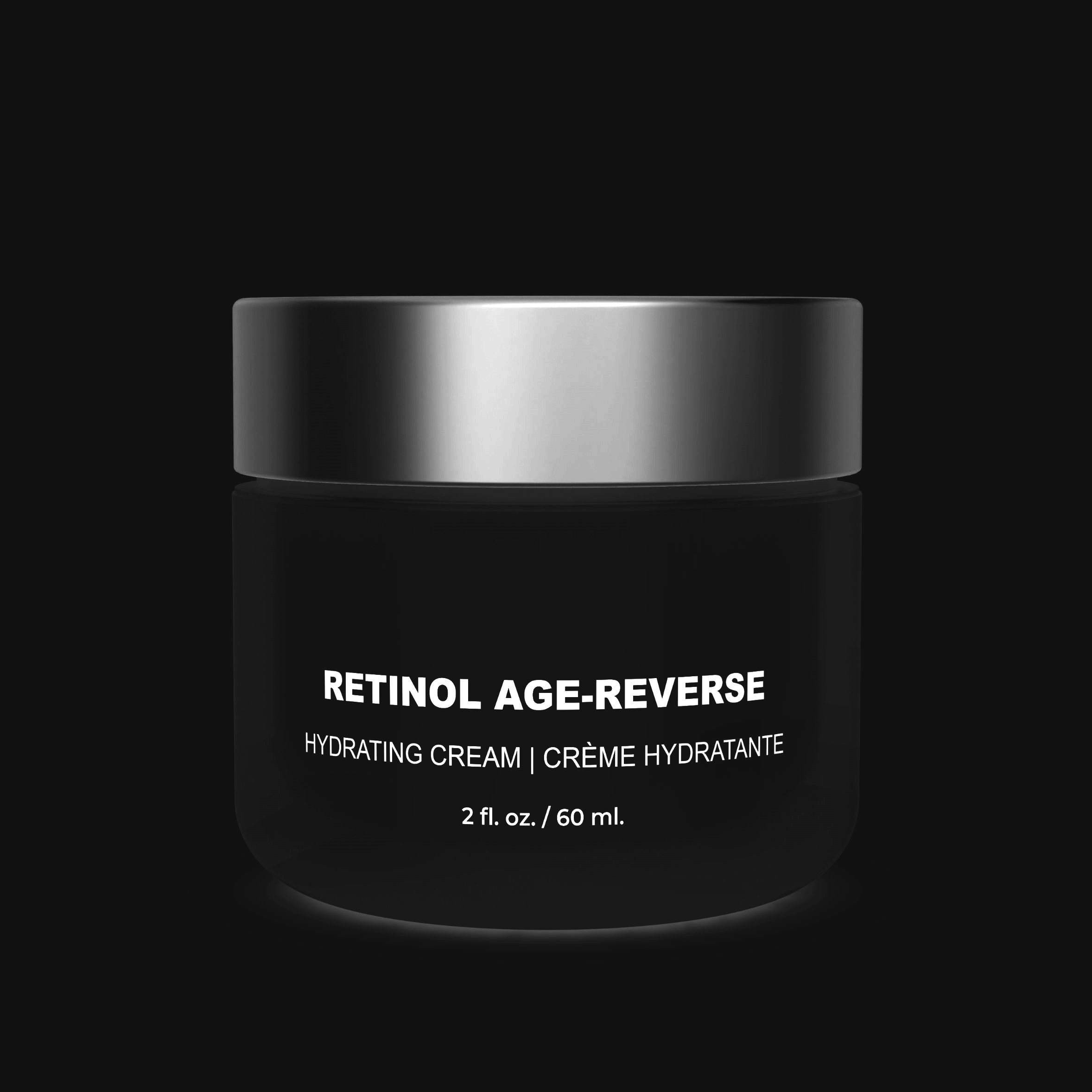Benefits of Linoleic Acid : How Lenoleic Acid can Improve Skin
Unbeknownst to you, there is a significant distinction between acne-prone skin and oiliness, despite the fact that the two skin conditions are commonly associated. While acne-prone and oily skin types both experience an excess production of sebum (the oil naturally produced by your skin), those who experience breakouts in addition to their oily complexion likely have “lower than normal levels of linoleic acid in the sebum,” according to a New York City-based dermatologist.
This is due to the fact that the absence of linoleic acid in sebum contributes to low levels of ceramides, resulting in a compromised skin barrier that can lead to outbreaks. What is the solution? Easily incorporate linoleic acid-containing skin care products into your routine.
Learn everything you need to know about this mystical substance and if it’s worth adding to your cosmetic arsenal.
“Linoleic acid is a fatty acid used in cosmetics and personal care products as an emollient and thickening agent. When applied topically to the skin, research has shown that linoleic acid has anti-inflammatory, acne-reducing, skin-lightening, and moisture-retaining qualities.”
What is Linoleic Acid?
Linoleic acid is just a fancy name for a type of fatty acid found in the oil of the skin. Specifically, it is an omega 6-fatty acid also known as vitamin F. The majority of vegetable oils, nuts, and seeds contain vitamin F. Linoleic acid is nonirritating and can be used as a topical agent on all skin types.
The purpose of Linoleic acid is to strengthen the skin barrier as well as restore hydration. Along with ceramides, cholesterol, and other fatty acids, linoleic acid is a natural component of the skin’s lipid barrier. Without these vital lipids, the barrier is compromised. A broken or weakened barrier allows dangerous substances such as allergens, germs, and irritants to penetrate deeper layers of skin, resulting in dryness, itching, and irritation. This can ultimately contribute to the development of skin disorders such as acne, eczema, sensitive skin, and even aging symptoms. Applying linoleic acid topically helps rebuild this barrier, which softens and calms the skin. Linoleic acid can therefore be characterized as an emollient.
Benefits of Linoleic Acid for Skin
Linoleic acid possesses moisturizing, softening, and protecting characteristics, according to Dr. Zeichner, because of its emollient properties. Linoleic acid is a miraculous component for the skin. It imparts moisture and fullness. Additionally, studies have found that linoleic acid possesses anti-inflammatory, acne reductive, skin-lightening, and moisture retentive properties when applied topically on the skin.
Dr. Ugonabo notes that the ability of linoleic acid or vitamin F to maintain and improve the skin barrier is one of the most significant benefits of Linoleic Acid for the skin. The skin barrier is the outermost layer of skin that keeps good things (such as hydration) in and harmful ones (such as pollution or allergens) out.
“Lineoleic acid is a precursor to ceramides, which are natural fats that fill in cracks in the outer skin layer and maintain a healthy skin barrier.” – Dr. Zeichner
Skin Types That Would Benefit Most from Linoleic Acid
Linoleic acid is suitable for all skin types, although those with dry or acne-prone skin may find it particularly beneficial. Dr. Ugonabo states, “Those with irritated, inflamed, or dry skin might benefit from incorporating linoleic acid into their skin-care regimen in order to increase moisture, reduce inflammation, and maybe aid repair their overall skin barrier.”
Even if your acne is not caused by low levels of linoleic acid, Dr. Ramachandra recommends linoleic acid for breakout-prone skin since it has anti-inflammatory effects that help reduce acne.
According to Dr. Zeichner, linoleic acid can also prevent acne by supplying the skin with the ceramides it requires for a healthy skin barrier. “Studies have revealed a correlation between acne severity and ceramide levels,” he explains. Dr. Ugonabo asserts that “a shortage in linoleic acid may contribute” to the development of acne based on additional research.




